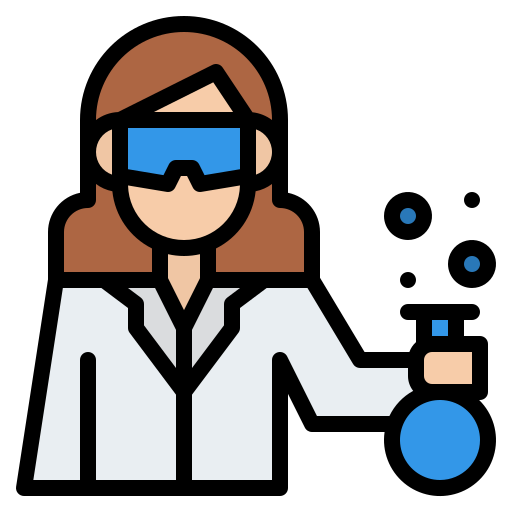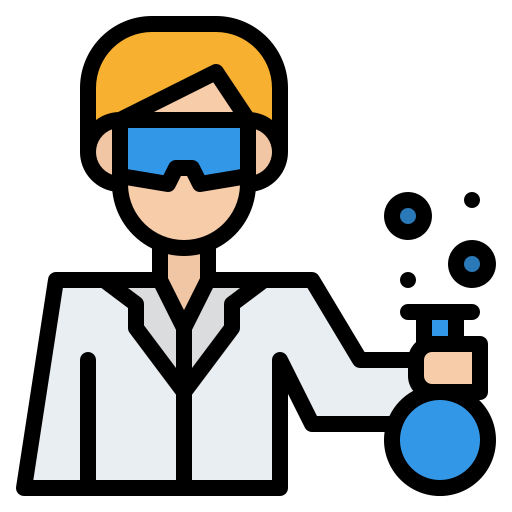- Improved EEG-based diagnostics, for example for epilepsy
- Improved Transcranial Current Stimulation (TCS) treatment of the brain
- Tool for studying neurofeedback
- Remote, personalised health monitoring and tracking
- Brain computer interfaces (BCI): both for medical purposes and for entertainment, e.g. gaming
- Brain-to-Brain (B2B) communication: communication directly with the primary signals of the brain
Main Concepts of EEG
Portable and low-cost EEG equipment for monitoring neuronal dysfunctions can have significant societal and economical benefits since they allow remote supervision by the clinicians and self-administration (possibly assisted by a nurse) of a treatment at home avoiding hospitalization.
The way to unlock the secrets of the brain (i.e. to visualize the electric brain activity) is to build a model that connects the underlying brain activity with the EEG recordings.
Because generic models have been shown to be unreliable and can result in misleading interpretations or diagnosis, personalised modelling is of high importance.
Underestimation or overestimation of the tissue conductivities can have a detrimental effect on identifying and localizing accurately the brain activity.
Particularly, the skull is of primary concern since it acts as an insulating barrier between the recordings and neuronal activity.
The breakthrough character of this project is to bridge the gap between the new high-end neuro-monitoring devices and highly sophisticated device-embedded software that allow the design of patient-tailored protocols for precise (focal) high spatial resolution imaging of the brain activity.
For the EEG source imaging improvement, we proposed to embed an in-line estimation procedure of the tissue conductivities via electrical impedance tomography (EIT) in our EEG Source Imaging software.
In this project Phase 1, we developed an EIT-EEG imaging software that first constructs a high-resolution conductivity profile of the head, particularly the skull, and then includes this information in the EEG Source Imaging software.
Our state-of-the-art algorithms can recover scalp conductivity and a detailed locally varying skull conductivity profile of the head which subsequently improve the accuracy of the EEG source imaging estimates significantly when compared to using bulk tissue conductivities or ‘standard’ tissue conductivities from literature.
We have tested our algorithm in simulated environment. Current scientific reports:
Moreover, we want to use low cost ways to capture the head geometry. The validation A set of experiments will be carried out using 3D human head phantoms. After successful testing, we’ll conduct the first pre-clinical human experiments in a controlled environment.
















